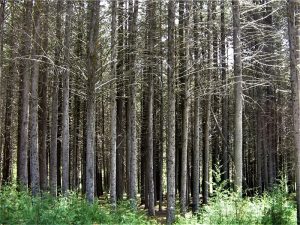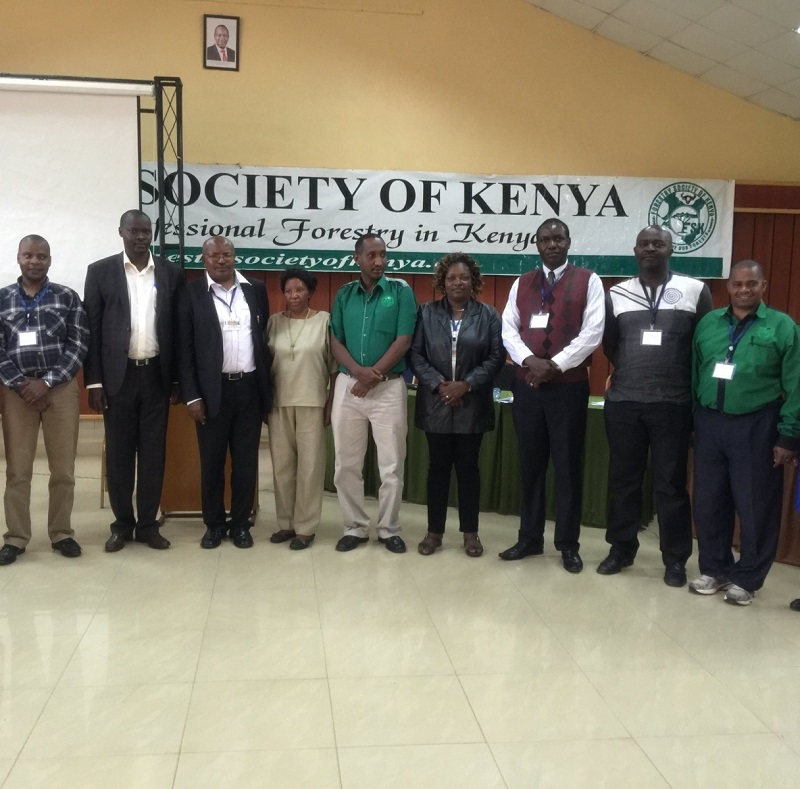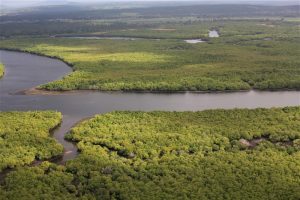By Mercy Njane, FSK
According to the Sixth Assessment Report 2021 by the Intergovernmental Panel on Climate Change (IPCC), global temperatures will hit 1.50C by the early 2030s. Another report by the World Meteorological Organization 2021 indicated that the global mean temperature for 2021 was approximately 1.090C above the 1850-1900 average. The report also noted the increase in intensity and frequency of extreme weather such as heatwaves, wildfires, drought, and floods as the greenhouse gases emissions also increased.
Over the past decade, the impacts of climate change have been ravaging Kenya. From increased intensity and frequency of drought to floods to the rising sea and lake/rivers levels, the impacts of climate change are being felt in the country. Like many countries in Africa, Kenya contributes less than 1% of the global total emissions, yet bears the brunt of the climate change impacts. This has led to great socio-economic losses and impedes development in the region.
Kenya has various policies and legislations in place in line with international and regional commitments. These laws are geared towards enabling the country to deal with climate change through mitigation and adaptation strategies. Some of the policies in place include Climate Change Act, 2016, National Climate Change Action Plan (NCCAP) 2018-2022. Some such as the County Climate Change Fund (CCCF) helps in delivering adaptation benefits to the counties.
Kenya’s Nationally Determined Contributions
Kenya has updated and submitted the country’s First NDC with a commitment to reduce emissions by 32% by 2030. The cost estimate for the implementation of the mitigation and adaptation actions is approximately US$62 billion with Kenya financing 13% of the total cost and 87% from international support. The forestry sector has a major role in ensuring the country’s commitment and targets are fully achieved as stated in the action plan.
In October 2021, the World Bank approved a US$150 million loan to Kenya to enhance the country’s capacity to combat climate change effects. Strengthening local resilience to climate change impacts and increasing the adaptive capacity of the communities and the countries at large is key. The US$150 Million Credit will aid in the implementation of strategies in line with the NCCAP 2018-2022 and help Kenya meet the NDCs targets.
Role of the forestry sector under the NDCs
Kenya is cognizant of the potential that the forestry sector has in mitigating against climate change and has set aside strategies and actions to scale- up this potential. One of the activities under mitigation is making progress towards achieving 10% tree cover done through various campaigns and projects. The National Tree Planting Campaign (NTPC) Project is one of the government’s initiatives to help achieve at least 10% tree cover.
Scale-up of nature-based solutions is another activity under the mitigation strategies. Nature-based solutions to addressing climate change are some of the most cost-effective actions to deal with the menace. The Farmer Managed Natural Regeneration (FMNR) is one approach in forestry that has been used as a nature-based solution to restore degraded areas.
Enhancement of REDD+ is another activity under the mitigation efforts. This involves reducing emissions from deforestation and forest degradation, forest conservation, sustainable forest management, and enhancement of forest carbon sinks. REDD+ project in Chyulu Hills is among the successful projects in the country. There is a need to enhance and expand these projects to reduce deforestation and ensure forest conservation.
Kenya also targets to rehabilitate and conserve degraded forests, establish 150,000ha of commercial private forests plantations and plant 350,000 agroforestry trees on farmlands in the adaptation strategies. In the fight against climate change, forestry can help by providing a safety net for income and livelihood enhancement. This can be done through the sale of wood and non-wood forest products (NWFP) such as gums, raisins, and honey and the planting of fruit trees on farmlands.
Conclusion
Like many countries in Africa, Kenya has shown its commitment to fighting climate change. As a developing nation, the country needs financial support to implement mitigation and adaptation strategies. In line with the Paris Agreement, 2015, developed nations need to honor their commitments and pledges towards climate financing to help cushion developing nations such as Kenya from climate change impacts that are escalating.
The Conference of Parties (COP26), is therefore seen as the last opportunity for the world leaders to make sound decisions and actions to control the escalating global temperatures before the impact is irreversible. The summit offers nations an opportunity to renew their commitments, honor the pledges made, and set new targets geared towards significantly reducing emissions. All nations need to have clear actions and commitments to reducing emissions. It is time for all nations across the globe to take action.





